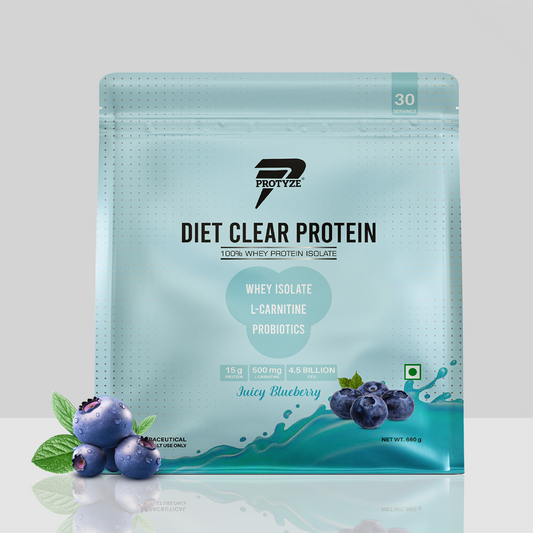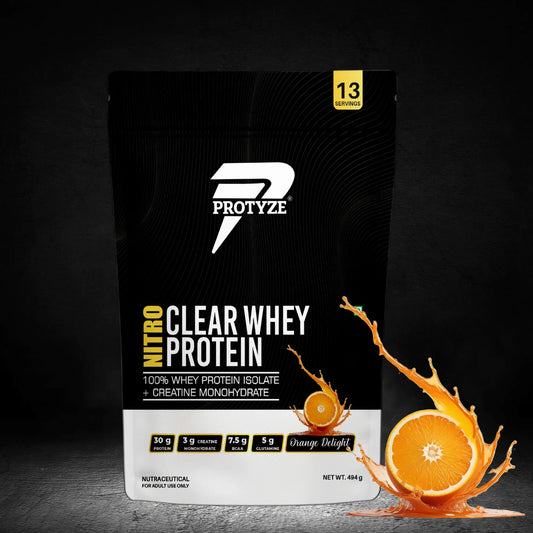The seated leg curl is a powerhouse exercise for building strong, defined hamstrings, enhancing lower body strength, and boosting athletic performance. Unlike the lying leg curl, the seated variation offers a unique angle that maximizes hamstring isolation while supporting your back.
Whether you’re aiming for muscle growth, injury prevention, or better sprinting power, mastering this move is key. In this guide, we’ll cover proper technique, benefits, common mistakes to avoid, and how to integrate it into your routine, backed by science.
What Is the Seated Leg Curl?
The seated leg curl is an isolation exercise performed on a machine, targeting the hamstrings (biceps femoris, semitendinosus, semimembranosus) by flexing the knee against resistance. You sit upright with your legs extended, curl the weight toward your glutes, and return to the starting position. It’s a staple in leg workouts, complementing compound moves like squats or deadlifts.
Key Features
- Hamstring Focus: Isolates the hamstrings for targeted growth, per Journal of Strength and Conditioning Research (2018).
- Joint-Friendly: The seated position reduces lower-back strain compared to lying curls.
- Controlled Movement: Machine-based for consistent resistance, ideal for beginners and advanced lifters.
- Functional: Strengthens hamstrings for sprinting, jumping, and stability.
Muscles Worked
The seated leg curl primarily targets:
-
Hamstrings:
- Biceps Femoris: Drives knee flexion and aids hip extension.
- Semitendinosus/Semimembranosus: Assist in knee flexion and stabilize the knee.
-
Secondary Muscles:
- Gastrocnemius (Calf): Assists in knee flexion.
- Popliteus: Supports knee stability.
- Core (Rectus Abdominis): Stabilizes the torso during the lift.
EMG studies show seated leg curls activate the hamstrings 10-15% more than lying curls due to the hip angle, making them ideal for hypertrophy (Journal of Electromyography and Kinesiology, 2017).
Benefits of the Seated Leg Curl
The seated leg curl offers compelling advantages:
- Hamstring Hypertrophy: Isolates the hamstrings for size and definition.
- Improved Athletic Performance: Strong hamstrings boost sprint speed and jump power by 5-10%, per Journal of Sports Sciences (2019).
- Injury Prevention: Balances quad-hamstring strength, reducing knee injury risk.
- Joint Stability: Strengthens posterior chain for better knee and hip function.
- Versatile for All Levels: Adjustable resistance suits beginners to advanced.
- Back Friendly: Seated position minimizes lumbar stress, unlike deadlifts, per Journal of Strength and Conditioning Research (2018).
How to Perform the Seated Leg Curl: Technique Guide
Proper form ensures maximum benefits and safety. Here’s a step-by-step guide for the seated leg curl, with variations for flexibility.
Equipment Needed
- Seated leg curl machine (found in most gyms).
- Optional: Towel or pad for comfort under thighs.
Step-by-Step (Seated Leg Curl)
- Setup: Adjust the machine so the backrest supports your lower back, and the thigh pad rests just above your knees. Align the knee joint with the machine’s pivot point.
- Position: Sit upright, feet flat on the footpad, legs extended, and toes pointed slightly up or neutral. Grip the handles for stability.
- Curl: Flex your knees to curl the footpad toward your glutes (90-120 degrees), squeezing your hamstrings at the peak (1-2s hold).
- Return: Slowly extend your legs (2-3s) to the starting position without locking knees.
- Repeat: Perform 3-4 sets of 10-15 reps (50-70% 1RM or moderate weight), resting 60-90 seconds.
Technique Tips
- Core Engagement: Brace your core to stabilize your torso.
- Controlled Tempo: Use a 2-1-2 tempo (2s up, 1s hold, 2s down) for time under tension.
- Mind-Muscle Connection: Focus on hamstring contraction.
- Neutral Spine: Keep your back straight against the pad to avoid strain.
- Full Range of Motion: Curl as far as comfortable without lifting hips and extend fully without locking knees.
- Foot Position: Neutral or slightly pointed toes maximize hamstring activation, per Journal of Strength and Conditioning Research (2018).
Variations
- Single-Leg Seated Curl: Perform one leg at a time to correct imbalances, using lighter weight (e.g., 30-50% of bilateral).
- Lying Leg Curl: Alternative for gyms without seated machines, though less back-friendly.
- Dumbbell Hamstring Curl: Lie face-down on a bench, hold a dumbbell between feet, and curl for home workouts.
- Slow Eccentric Curl: Emphasize a 4-5s lowering phase for extra tension.
Common Mistakes to Avoid
Avoid these errors to maximize effectiveness and safety:
- Lifting Hips: Raising hips shifts load to lower back. Fix: Keep hips glued to the seat, core braced.
- Jerking the Weight: Fast curls reduce tension and risk injury. Fix: Use a 2-1-2 tempo.
- Improper Setup: Misaligned knees or pads cause joint stress. Fix: Align knee with pivot point and secure thigh pad snugly.
- Too Heavy: Excessive weight compromises form. Fix: Start with 50-60% 1RM for 10-15 clean reps.
- Skipping Warm-Ups: Cold hamstrings risk strains. Fix: Do 5-10 minutes of leg swings and light curls.
- Locking Knees: Full extension under load stresses joints. Fix: Stop just short of locking, maintaining slight bend.
Sample Leg Workout with Seated Leg Curl
Incorporate the seated leg curl into a hamstring-focused leg day:
- Barbell Back Squat: 4 sets x 8-10 reps (70% 1RM, 90s rest)
- Seated Leg Curl: 4 sets x 10-12 reps (60% 1RM, 60s rest)
- Romanian Deadlift: 3 sets x 10-12 reps (60s rest)
- Leg Press: 3 sets x 12-15 reps (60s rest)
- Calf Raise: 3 sets x 15-20 reps (60s rest)
Total: 17 sets, within the 10-20 set hypertrophy range. Train legs 1-2 times weekly, with 48-72 hours recovery. Warm up with 5-10 minutes of dynamic stretches (e.g., leg swings) and 1-2 light sets.
Integrating Seated Leg Curl into Your Routine
- Frequency: Train hamstrings with seated leg curls 1-2 times per week, as part of a leg or pull day.
- Placement: Use after compound lifts (e.g., squats) or as a primary isolation move.
- Progressive Overload: Add 5-10 lbs or 1-2 reps every 2-3 weeks.
- Pairing: Combine with quad exercises (e.g., leg press) or glutes (e.g., hip thrust) for balanced leg days.
Nutrition for Hamstring Growth
Fueling muscle growth is critical:
- Protein: Target 0.8-1g per pound of bodyweight daily (e.g., 160g for 200 lbs). Post-workout, Protyze Nitro Clear Whey (30g protein, 3g creatine, ~120 kcal) aids repair when mixed with water (not milk).
- Calories: Aim for a 300-500 kcal surplus for bulking. A 200-lb lifter needs ~3,000-3,500 kcal daily.
- Carbs: Consume 2-4g per pound (e.g., rice, sweet potatoes) for energy.
- Timing: Eat 20-30g protein and 40-60g carbs 1-2 hours pre-workout (e.g., chicken and rice), and a Protyze drink within 30 minutes post-workout.
Protyze Nitro Clear Whey, made by Alphacentric Healthcare Pvt Ltd, is perfect for recovery. Its 99% lactose-free formula (Mango Delight, Orange Delight) delivers refreshing protein, and the 3g creatine boosts strength for intense leg days.
Conclusion
The seated leg curl is a top exercise for building strong, defined hamstrings, improving athletic performance, and preventing injuries. Master proper form, avoid mistakes like lifting hips or jerking the weight, and integrate it into your leg routine 1-2 times weekly. Fuel your gains with Protyze Nitro Clear Whey (30g protein, water only) for recovery and creatine to power your curls. Ready to sculpt your hamstrings? Add the seated leg curl to your workouts, grab Protyze, and share your progress in the comments!
TL;DR
The seated leg curl targets hamstrings for size and strength. Do 3-4 sets x 10-15 reps (50-70% 1RM), use a 2-1-2 tempo, and keep hips down with core braced. Train legs 1-2 times weekly, fuel with Protyze Nitro Clear Whey (30g protein, water only), and aim for a 300-500 kcal surplus.





